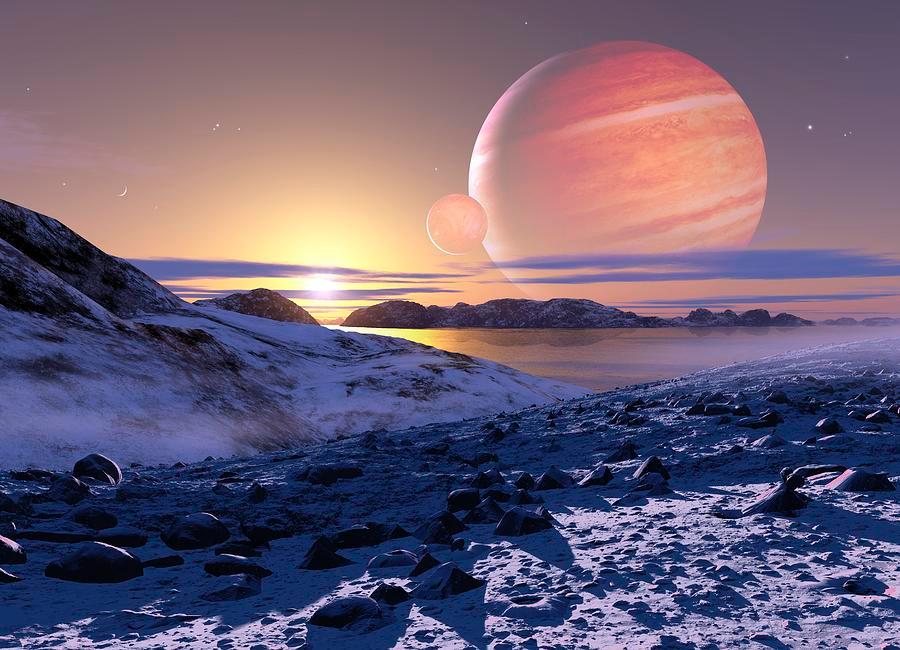Researchers find over 250 of the earliest galaxies

A Swiss-led international team of astronomers has discovered over 250 of the universe’s earliest galaxies. The sample includes the faintest and smallest of the first-generation dwarf galaxies to be discovered, and offers important clues about the nature of the early universe.
The team, headed by Hakim AtekExternal link at the Swiss Federal Institute of Technology in Lausanne (EPFL), relied upon new images from the Hubble Space Telescope, focusing on a trio of cosmic magnifying glasses.
Their findings will be published in the Astrophysical Journal, an EPFL statement said on Thursday.External link
The over 250 tiny galaxies existed only 600-900 million years after the Big Bang and are one of the largest samples of dwarf galaxies yet to be discovered at these epochs, or specific moments in time. The light from these galaxies took over 12 billion years to reach the telescope, allowing the astronomers to look back in time when the universe was still very young.
By looking at the light coming from the galaxies, the team discovered that the accumulated light emitted by them could have played a major role in the epoch of reionisation, one of the most mysterious periods of the Universe’s early history.
Reionisation
Reionisation started when the thick fog of hydrogen gas that cloaked the early universe began to clear. Ultraviolet light was now able to travel over larger distances without being blocked and the universe became transparent to ultraviolet light, explained a Hubble Space Telescope statement on the researchExternal link.
By observing the ultraviolet light from the galaxies found in this study, the team determined, for the first time with some confidence, that the smallest and most abundant of the galaxies in the study could be the major actors in keeping the universe transparent. By doing so, they have established that the epoch of reionisation – which ends at the point when the universe is fully transparent – came to a close about 700 million years after the Big Bang.
“If we took into account only the contributions from bright and massive galaxies, we found that these were insufficient to reionise the universe. We also needed to add in the contribution of a more abundant population of faint dwarf galaxies,”Atek, who is now based at Yale University, explained.
The research team looked at Hubble Frontier Fields’ External linkimages of three galaxy clusters. Powerful gravitational forces generated by these clusters magnify the faint light of galaxies located far behind them; this is called gravitational lensing. This makes it possible to search for, and study, the first generation of galaxies in the universe.
“Clusters in the Frontier Fields act as powerful natural telescopes and unveil for us these faint dwarf galaxies that would otherwise be invisible,” said the EPFL’s Jean-Paul Kneib, co-author of the study.
The study highlights the impressive possibilities of the Frontier Fields programme. Scientists are currently working with Hubble images on another three galaxy clusters.

In compliance with the JTI standards
More: SWI swissinfo.ch certified by the Journalism Trust Initiative









You can find an overview of ongoing debates with our journalists here . Please join us!
If you want to start a conversation about a topic raised in this article or want to report factual errors, email us at english@swissinfo.ch.